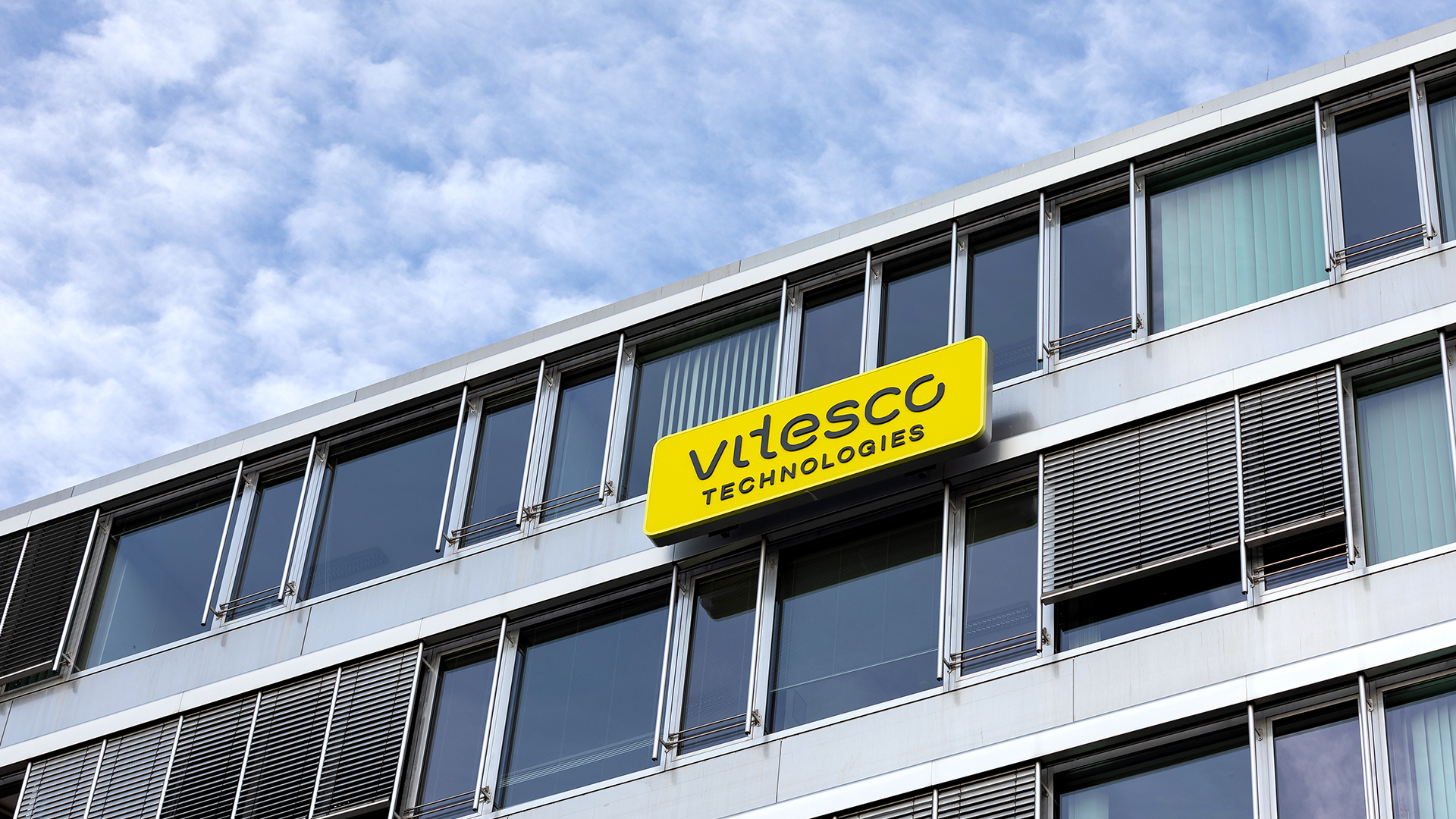












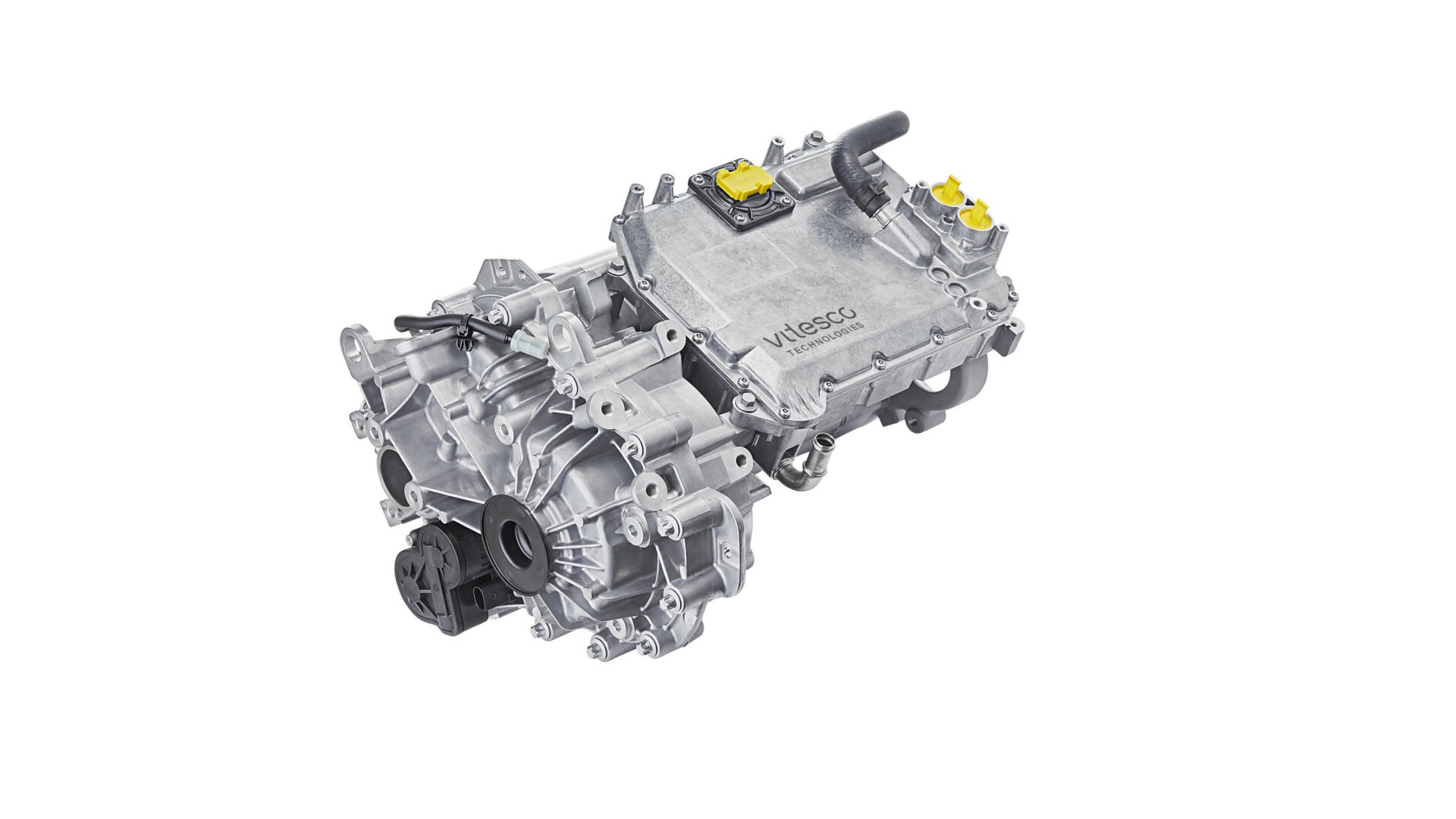
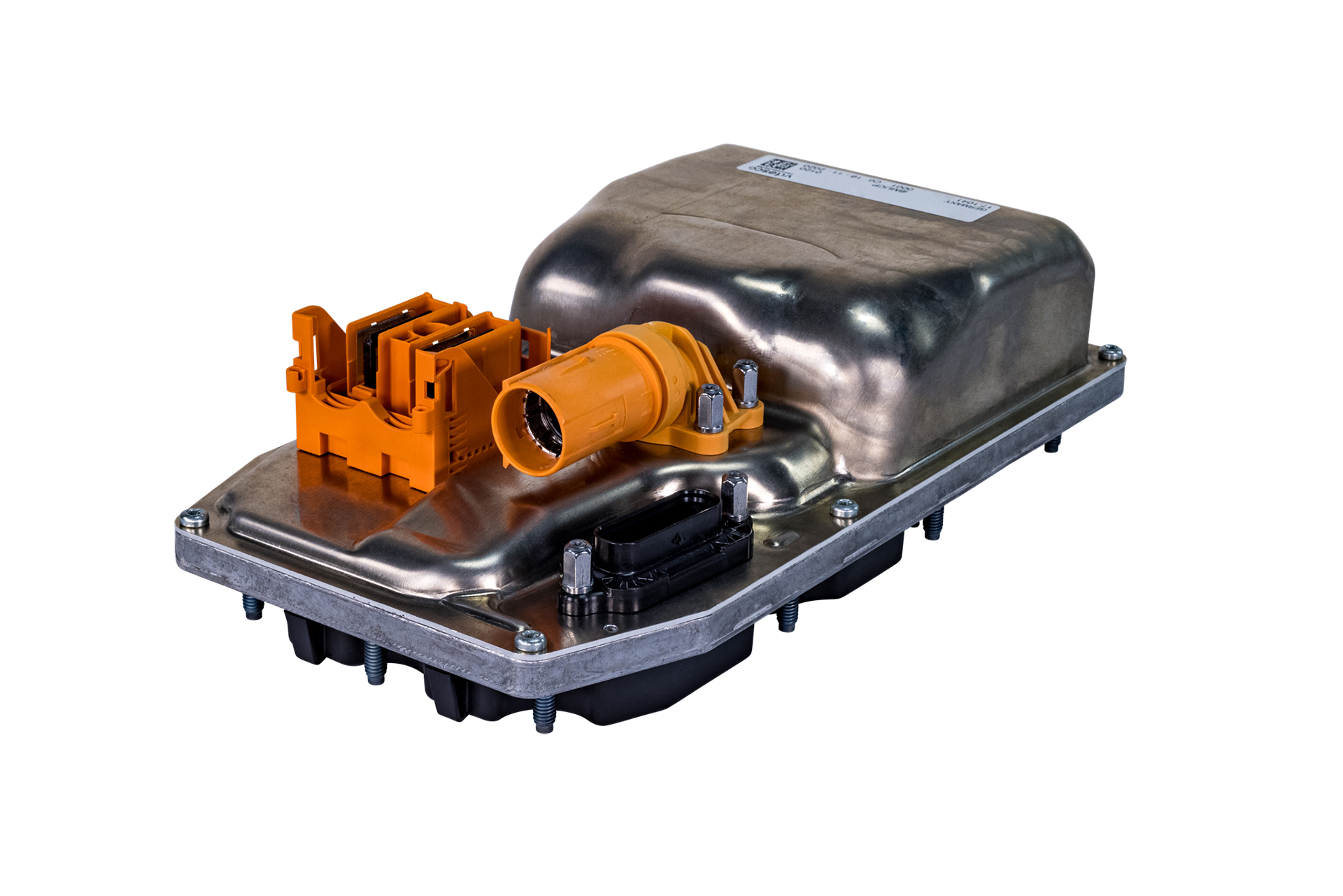
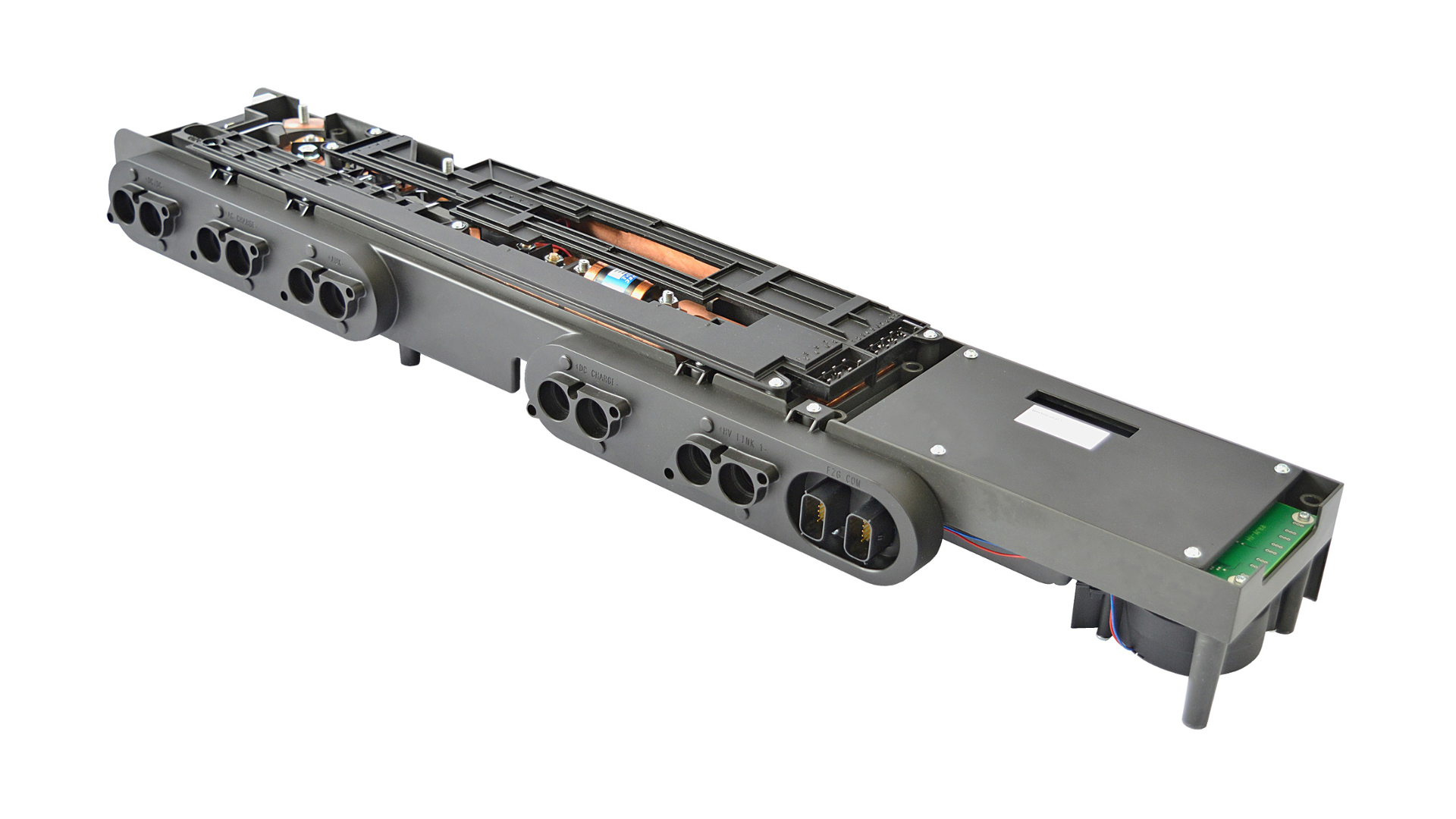
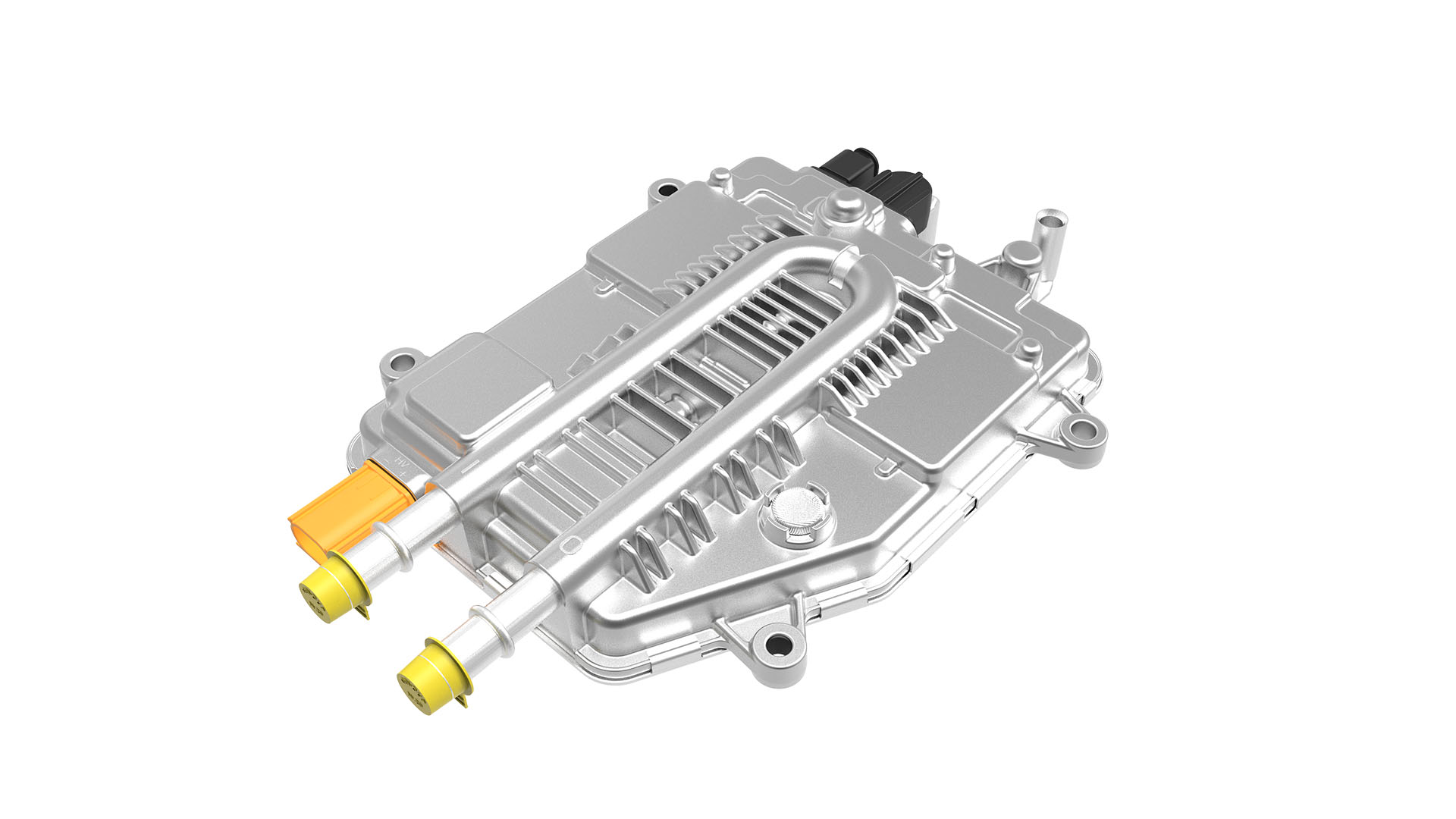
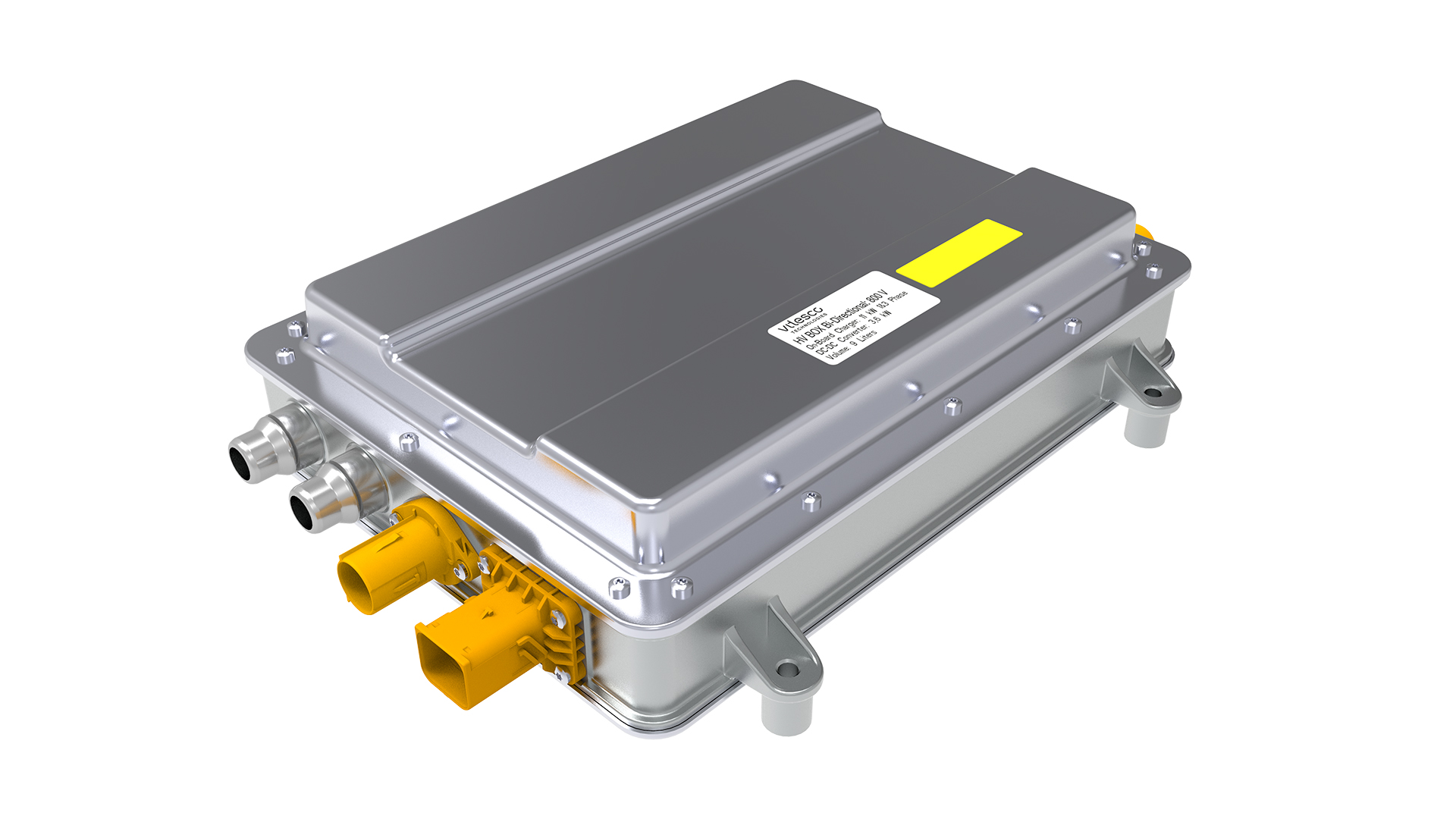
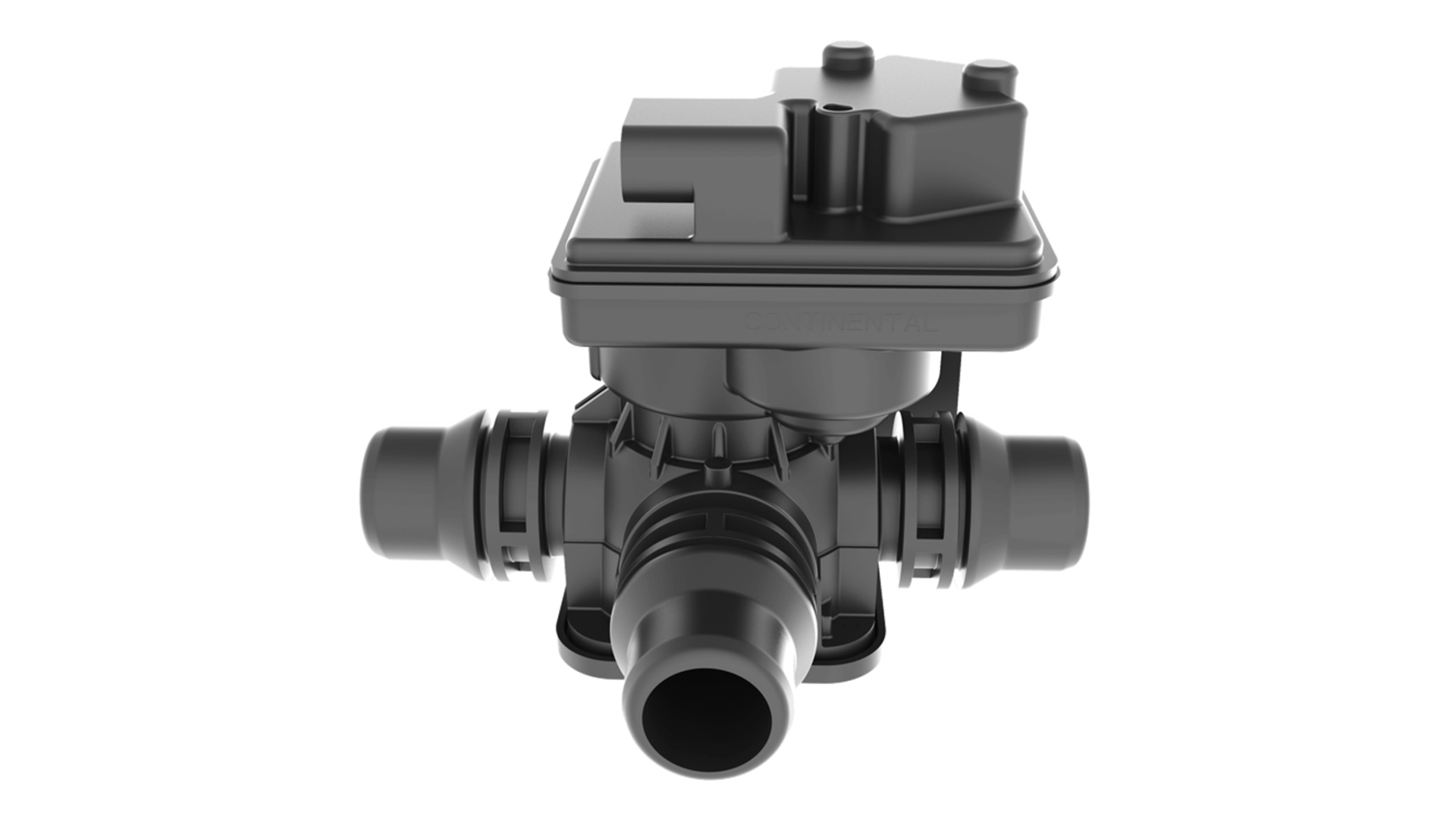
.jpg?width=407&resizemode=force)
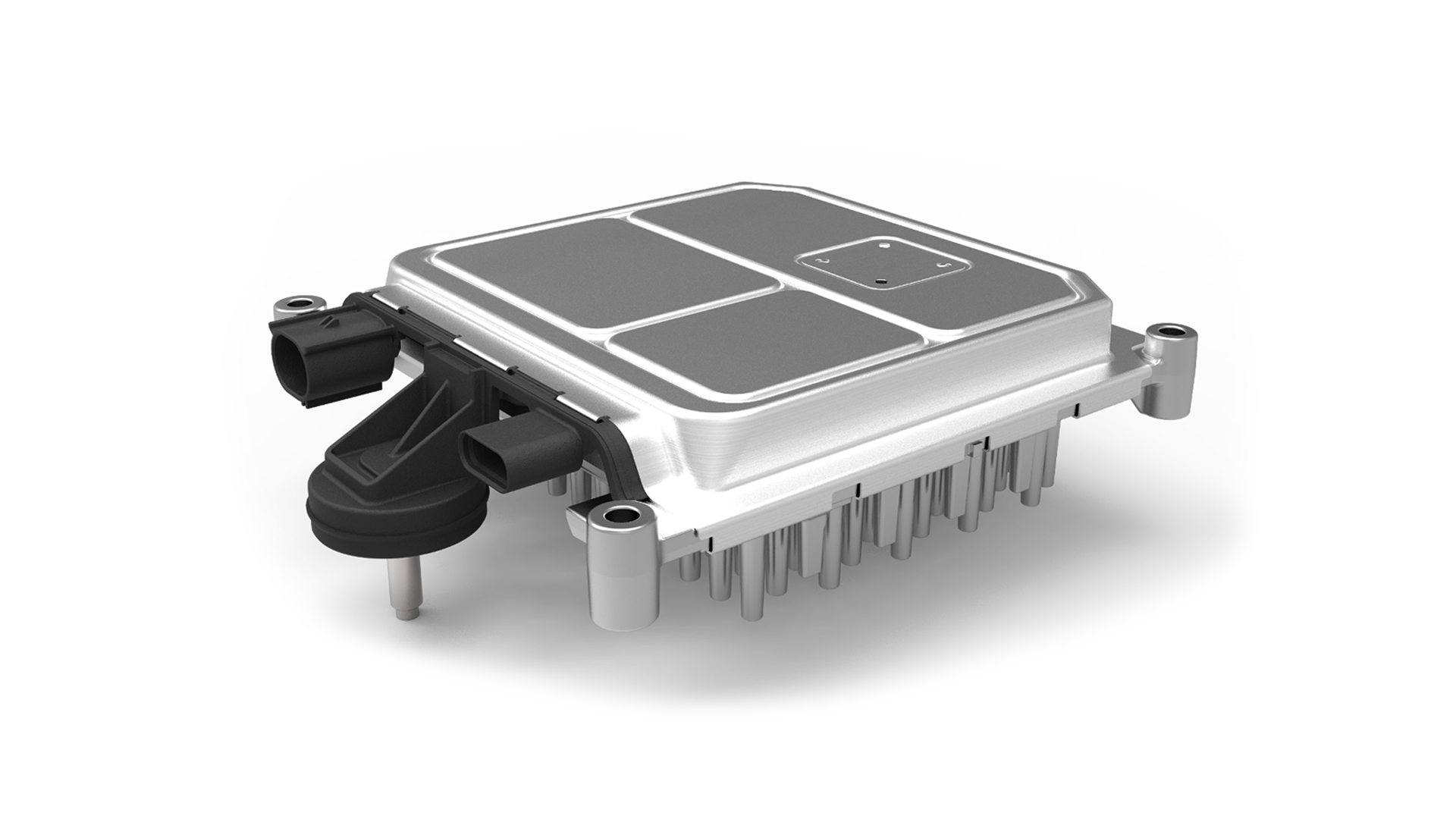

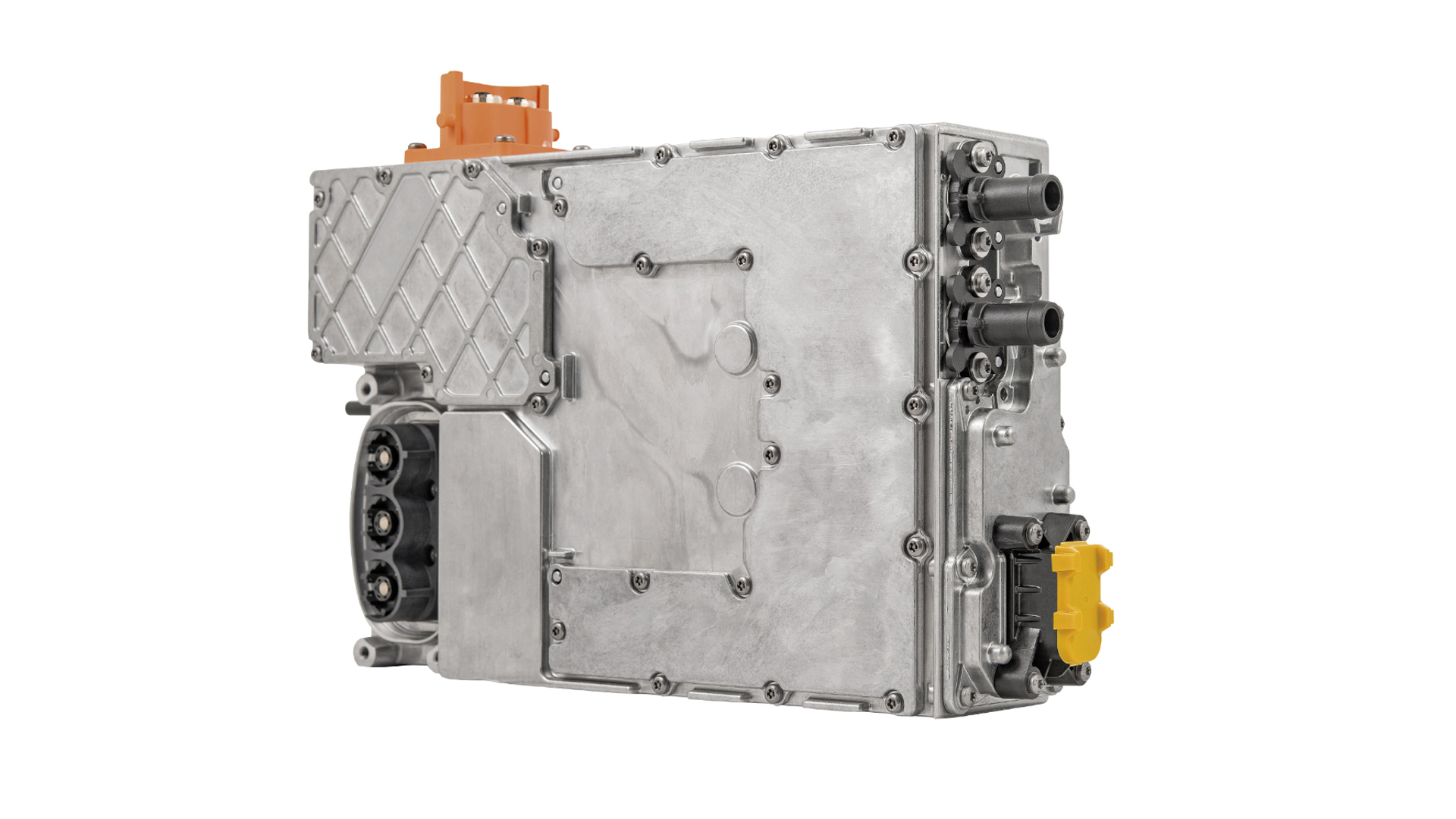
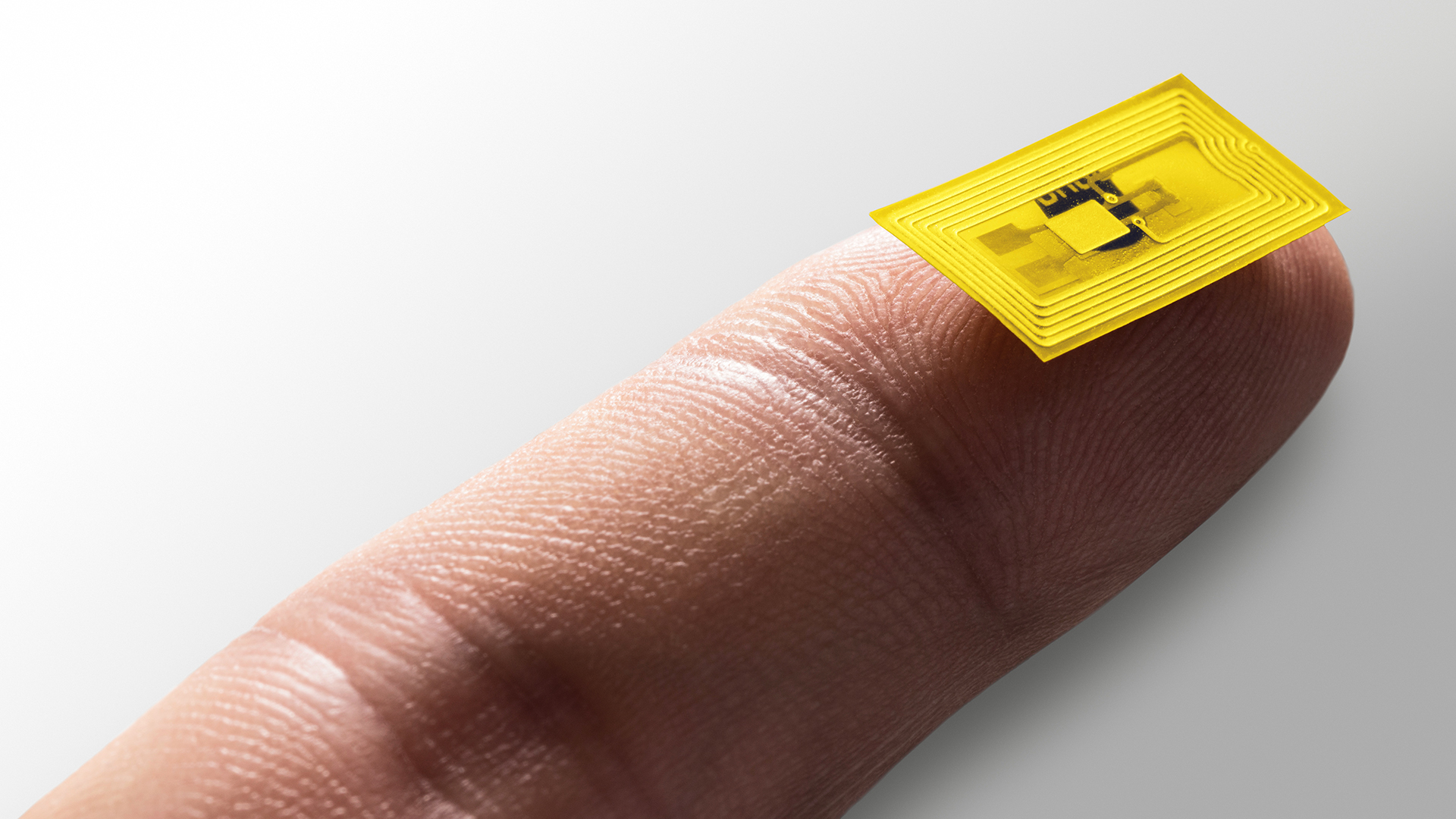

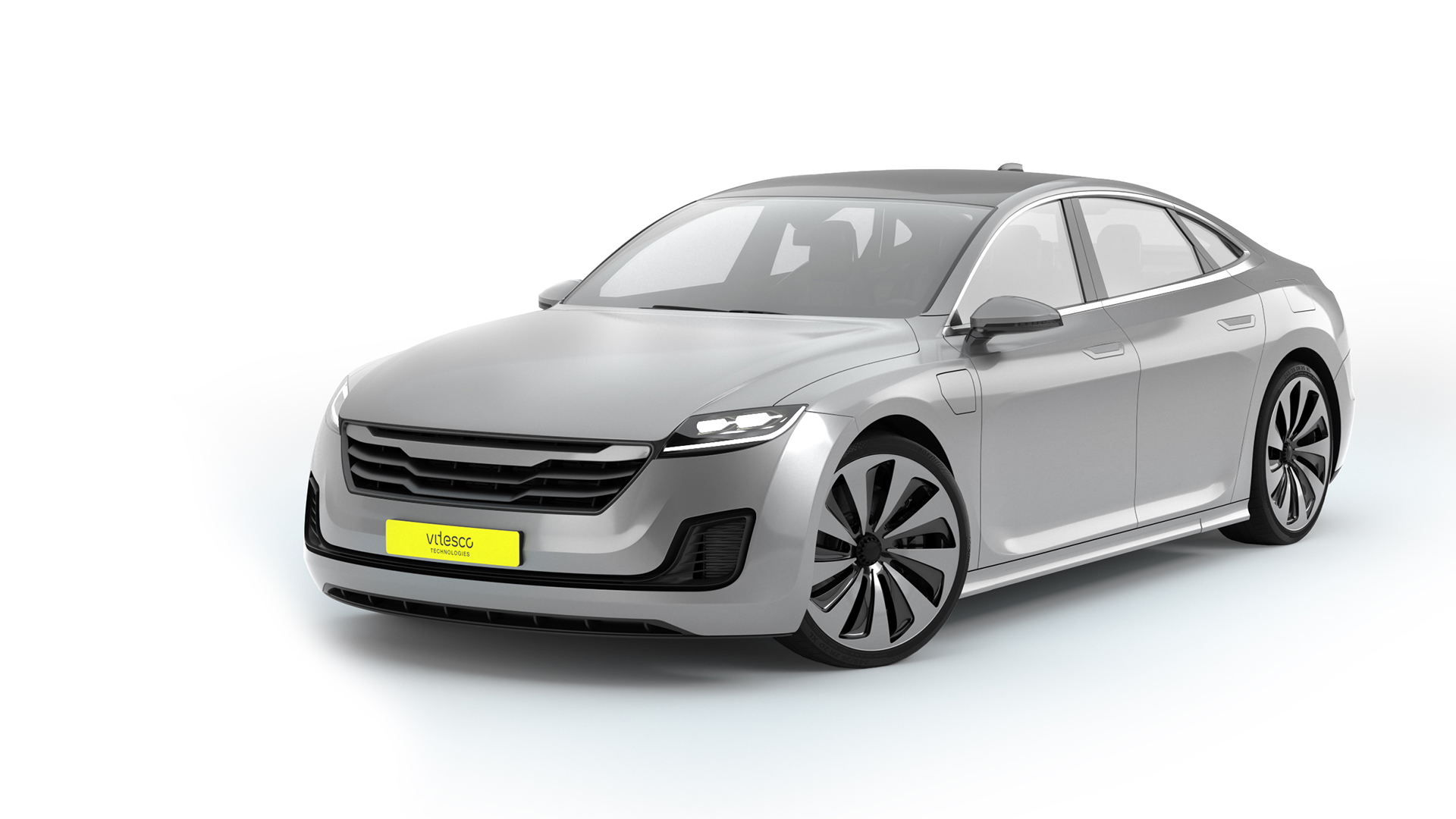


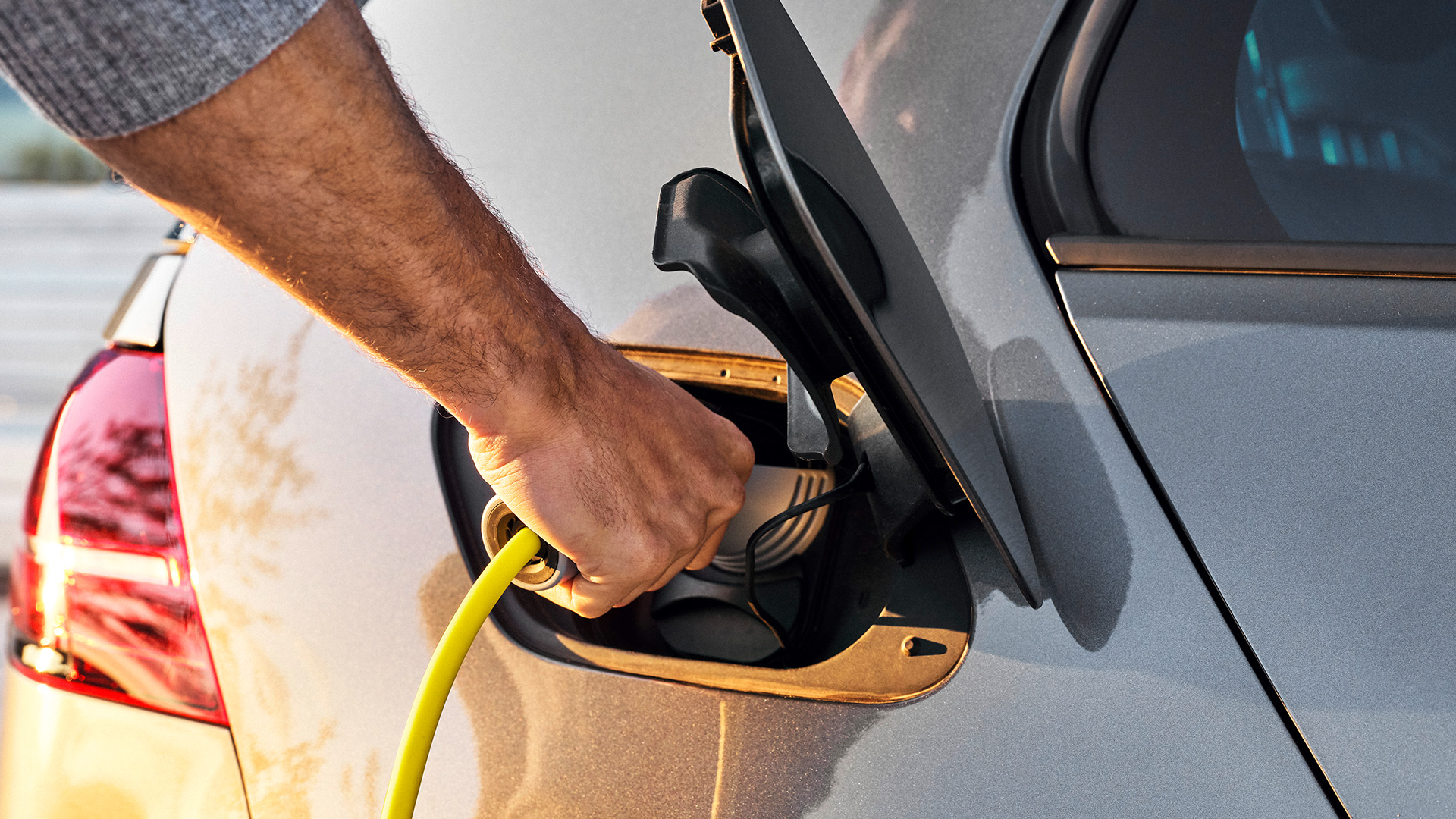
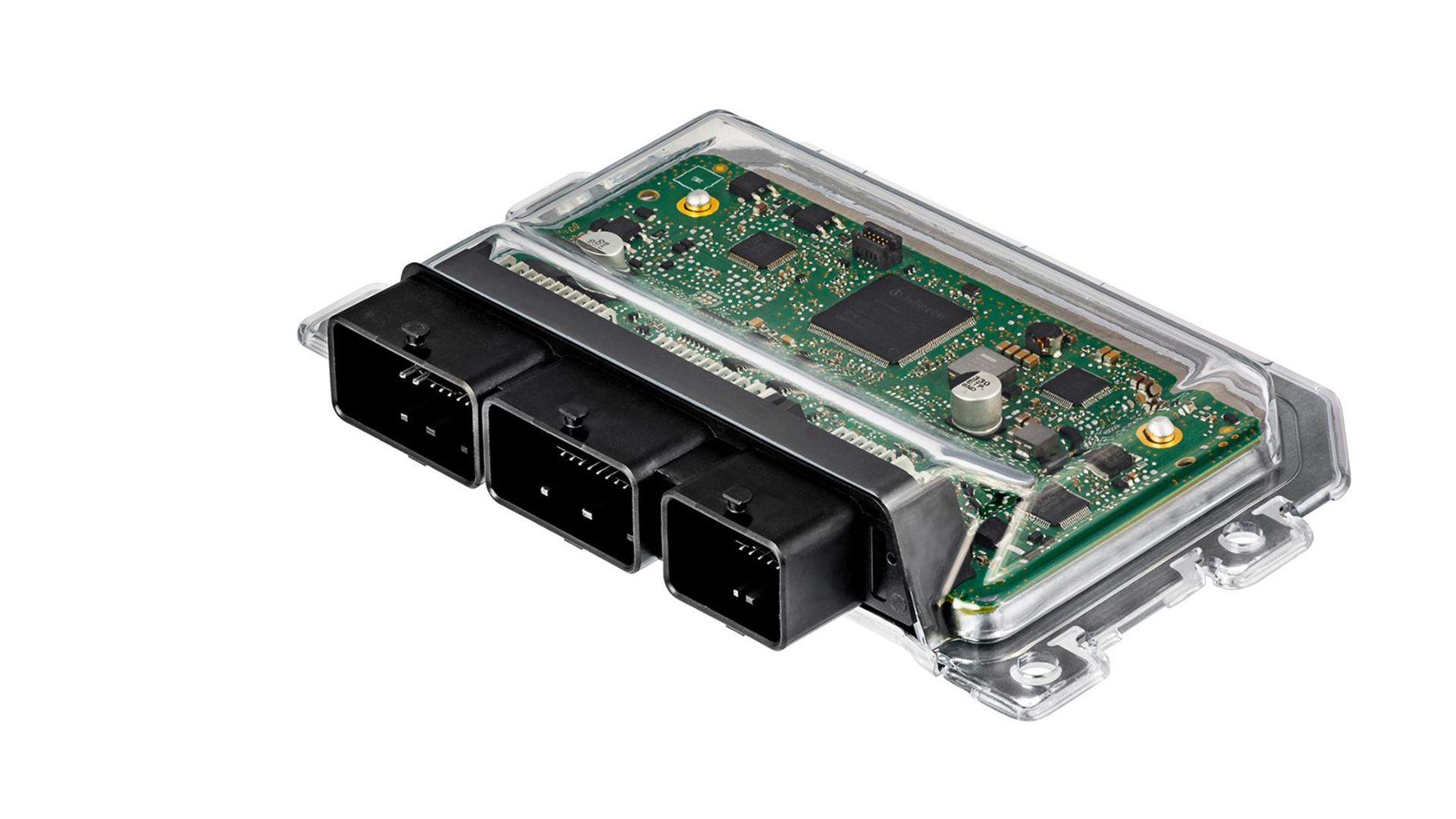
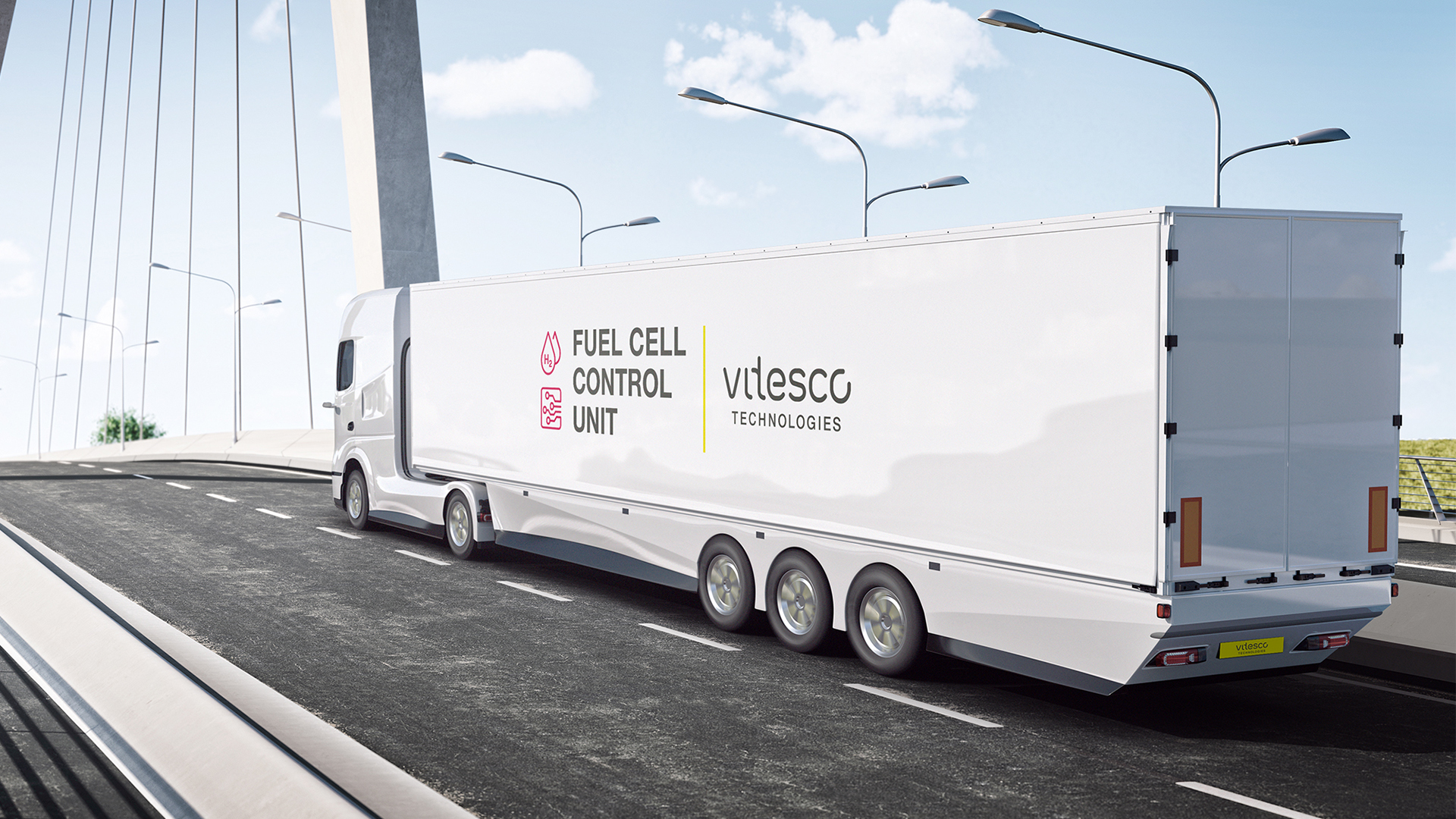




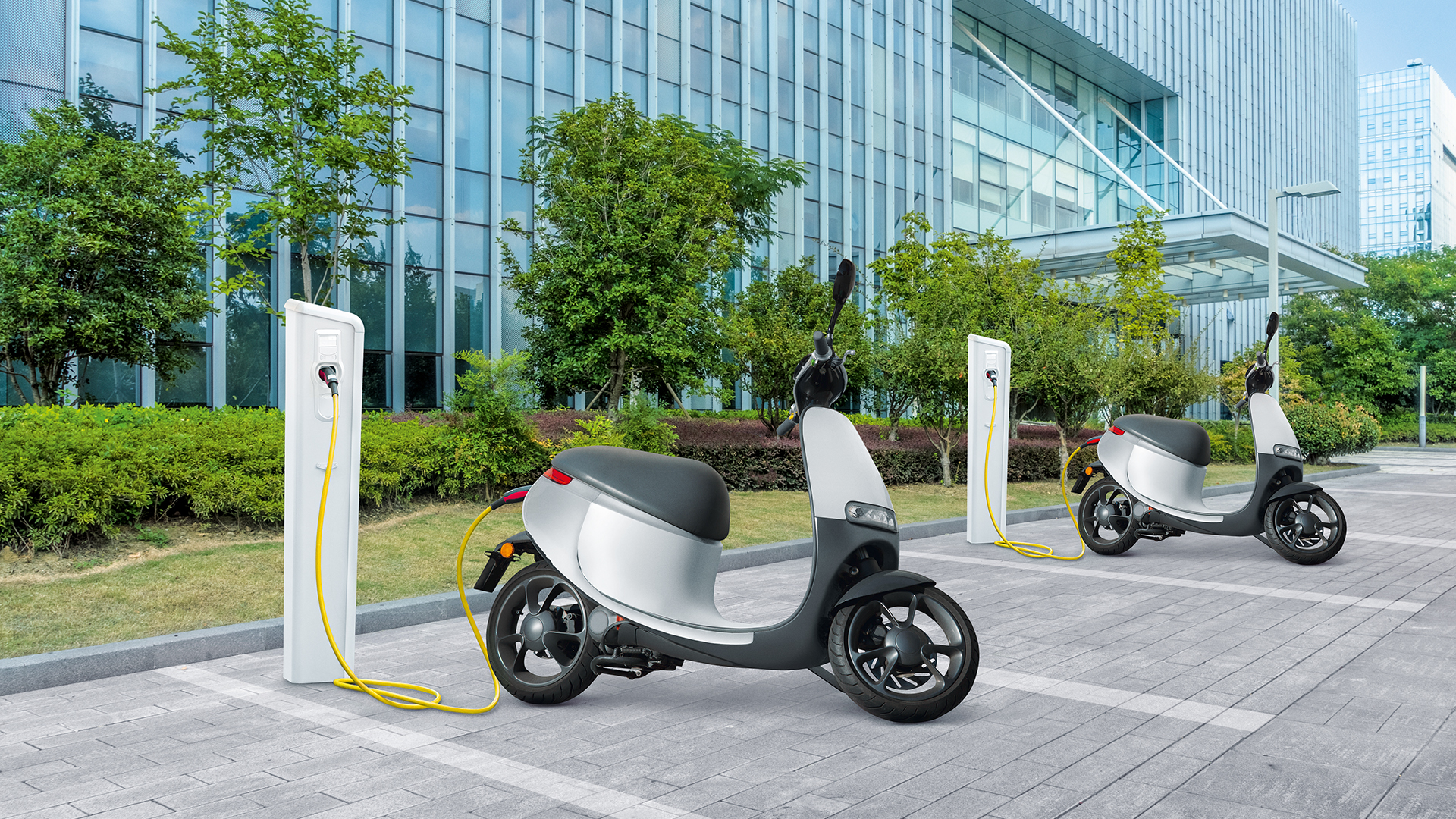
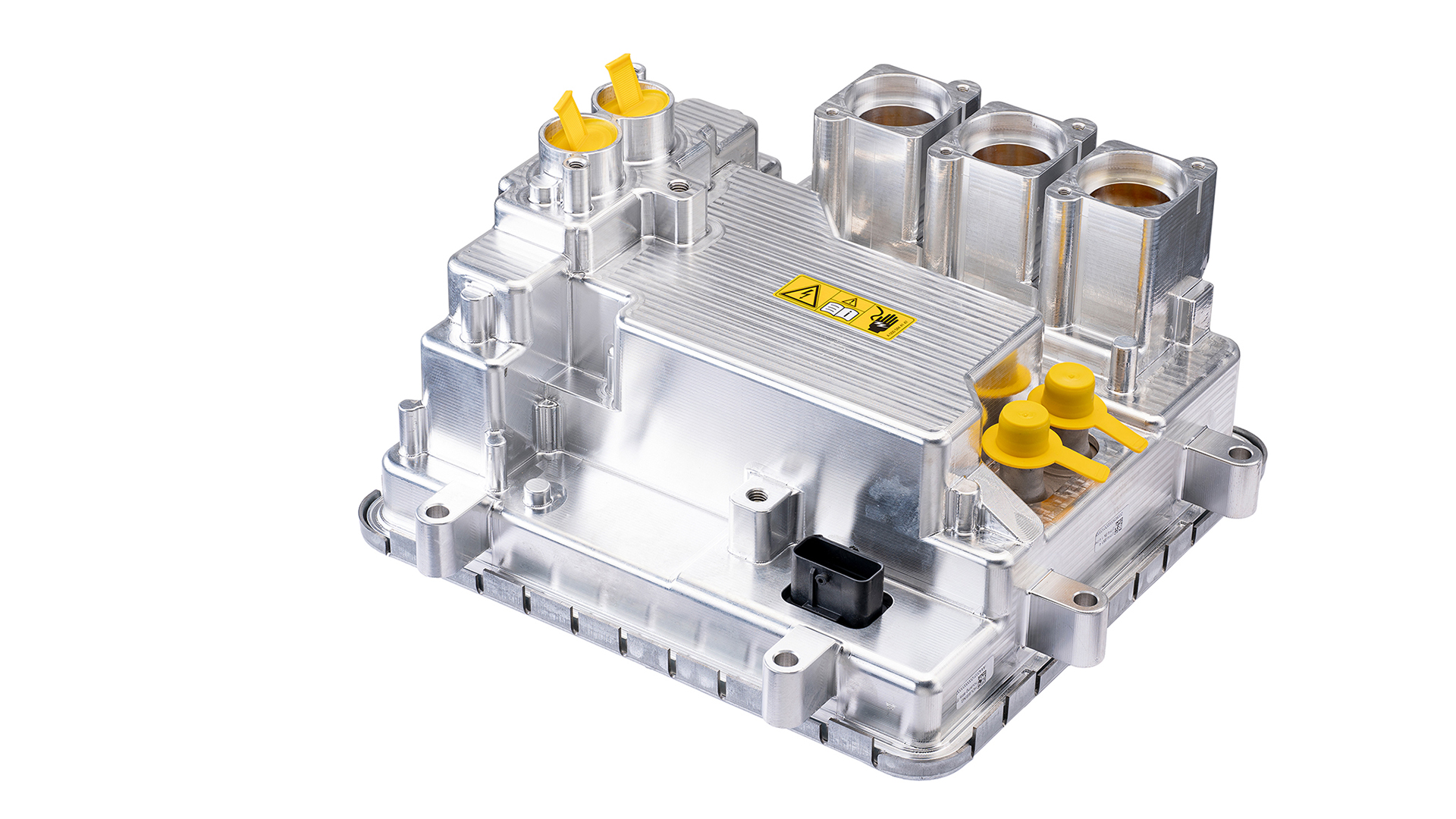

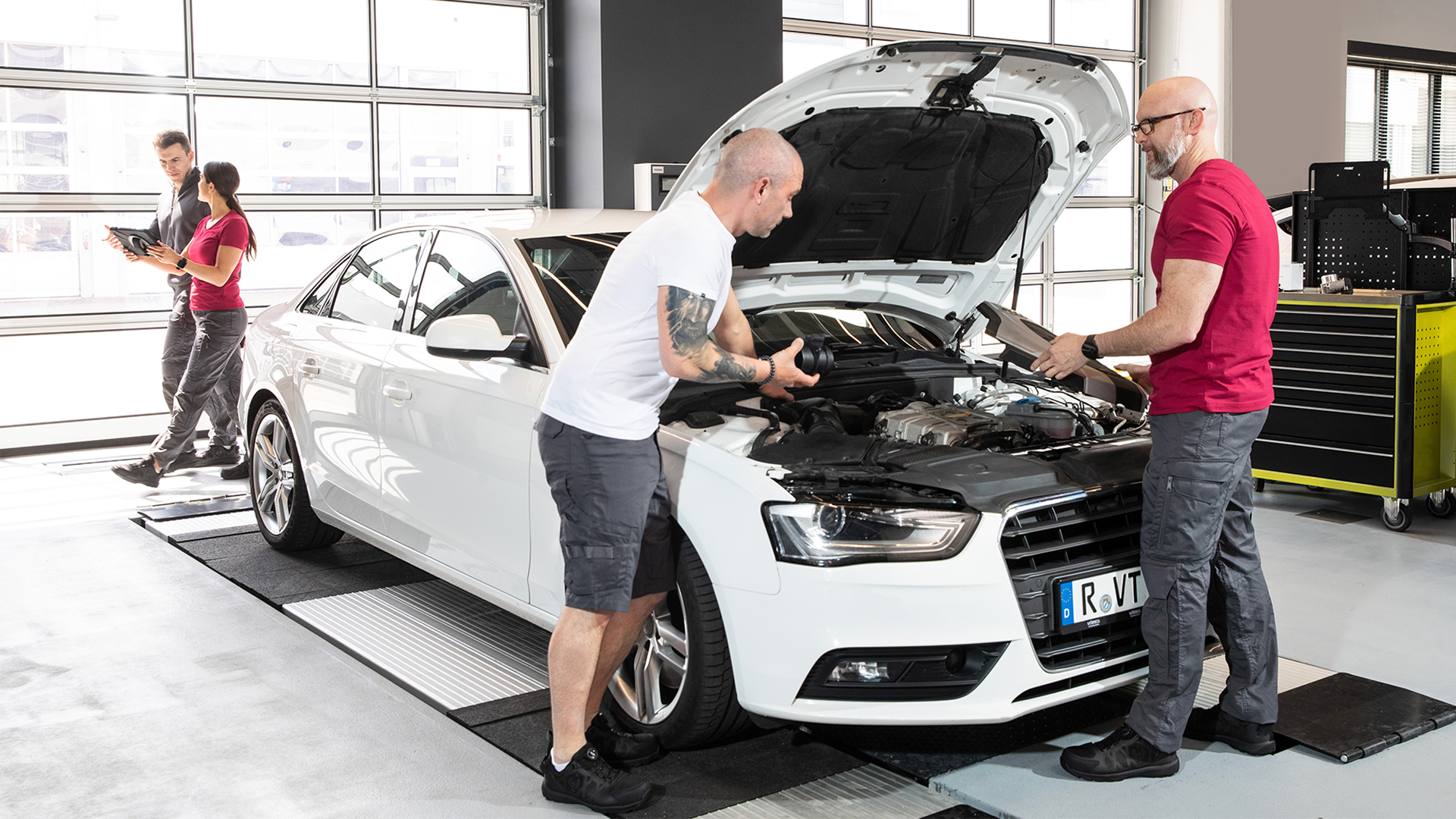

The Vitesco Technologies Group became part of the Schaeffler Group as of October 1, 2024, due to the merger of Vitesco Technologies Group AG into Schaeffler AG.
Please note: Legal or actual changes since October 1, 2024, are therefore no longer reflected in the content of the website.
As the website is no longer updated, we assume no liability for the content of this website, or the linked websites contained therein. The operators of the linked sites are solely responsible for their content.
Irrespective of this, you can still find the current BPCoC and the General Terms and Conditions of Purchase at Vitesco Technologies - Suppliers (vitesco-technologies.com)
Under the following link you will find the current Schaeffler website:



















.jpg?width=407&resizemode=force)




















Regensburg, March 23, 2021. Vitesco Technologies,a leading international provider of modern drive technologies and electrification solutions, is strengthening its electrification strategy with a Smart Thermal Management, thereby increasing the attractiveness of electrified mobility. With a market growth of around 30% annually until 2025, the technology is one of the company’s long-term core areas.
It’s an experience that owners of electric vehicles and hybrids have hardly been able to avoid until now. In winter and summer, the electric range of their vehicles drops significantly, because electricity for heating or cooling also has to be provided by the battery. Due to this effect, the range can decrease by up to around 40% at -10 °C, for example. Vitesco Technologies is using its system expertise to significantly reduce this loss in range. Existing and new products make it possible to control the heating and cooling requirements in the entire vehicle in a more energy-saving way. This is what’s known as Smart Thermal Management.
In addition to the longer range, especially in winter, other advantages of the system include faster battery charging, an extended service life for central components, and more comfortable vehicle air conditioning.
Smart Thermal Management from Vitesco Technologies regulates the optimum temperature window for components such as the power electronics, electric motor and battery in every operating situation, and then keeps this temperature constant. The trick here is that both heating and cooling requirements are provided flexibly. Sensors, electrical pumps and switchable multi-way valves (coolant flow control valves, CFCVs) are used for this purpose. From these three product platforms, custom solutions for all vehicle architectures can be implemented in accordance with the economical modular principle.
An internal combustion engine operates optimally at around 100 °C. In electrified vehicles, however, the situation is more differentiated: A lithium-ion battery feels “most comfortable” between 20 °C and 40 °C. The inverter and charging electronics should not get much hotter than 60 °C, and the electric motor should not heat up beyond 80 °C. Each of these systems has a connection to the Smart Thermal Management, which prevents overheating or, in the case of the battery, undercooling. The higher the degree of electrification of a vehicle, the more important Smart Thermal Management becomes. In all-electric vehicles, it comprises approximately three times as many components as in mild hybrids.
But it’s not just about cooling. Heating the passenger space is required in cold external temperatures. In addition, a lithium-ion battery delivers much less current at -10 °C than in the optimum temperature range, and the battery also cannot absorb the valuable currents from recuperation at such cold temperatures. For example, electric vehicles have a much shorter range in winter than in summer. Smart Thermal Management can remedy this by increasing the temperature of a battery that is too cold. The system then switches over to cooling seamlessly when this is required. “Smart Thermal Management allows up to 80% of the summer range to be achieved in electric cars in winter,” says Peter Biber, Head of Business Development and Strategy at Sensing and Actuation.
© Vitesco Technologies GmbH (exclusive rights)
The system controls coolant flows flexibly in the vehicle, depending on what the connected component currently needs. The modular and scalable product platforms (sensors, pumps, CFCVs) can be used to create an individual Smart Thermal Management system for every vehicle architecture. A consistent common part principle simplifies the production of component variants on the same production line.
Smart Thermal Management also helps with fast high-voltage charging with direct current: At a charging station with up to 350 kW DC charging capacity, a lot of electricity flows into the battery in a very short time. It heats up during this process. Smart Thermal Management restricts this heating so that the charging capacity can remain high during the entire charging process. “This means that many drivers’ expectations of being able to charge their battery to 80% in just 10 minutes can now be satisfied better than before,” continues Biber.
Smart Thermal Management also plays a key role in the service life of central electronic and electrical components: “The battery lasts longer when it is subjected to less thermal stress. The same applies to power electronics,” says Biber.
And finally, it’s about comfort: Smart Thermal Management can make air conditioning of the interior more efficient. For this purpose, pre-air conditioning is used during the charging process, for example, as long as the vehicle is still connected to the electricity grid. This conserves battery charge and thus increases the range without sacrificing comfort.
The computing power (“intelligence”) of pumps and valve blocks is just as scalable as their output, which means that either central control of the components is possible from a higher-level electronic control unit, or decentralized operation of microcontrollers in the respective components.
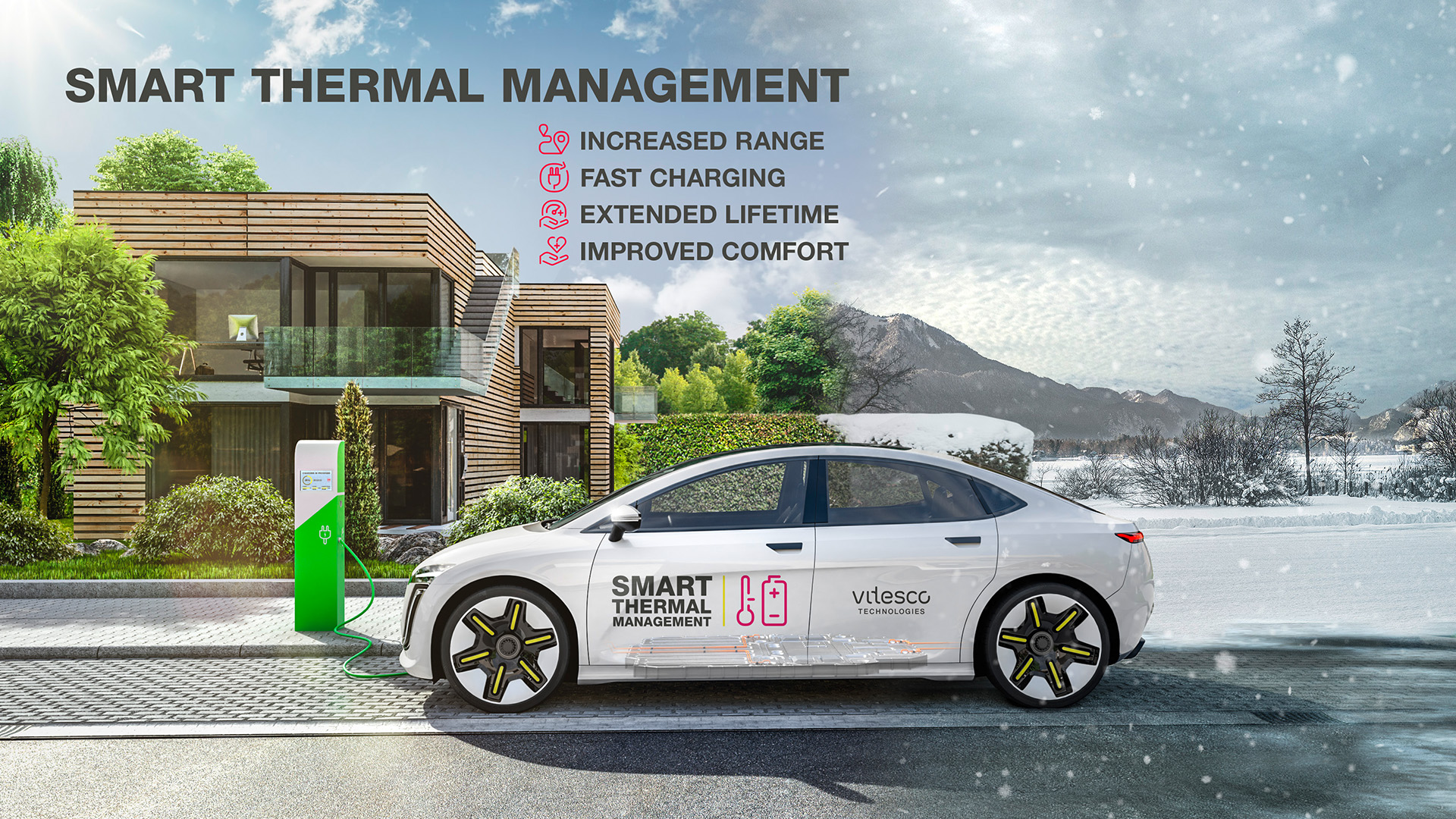
Electrical vehicles benefit from the Vitesco Technologies Smart Thermal Management in various ways. The system increases the driving range, especially in winter, other advantages of the system include faster battery charging, and an extended service life for central components.
© Vitesco Technologies GmbH (exclusive rights)
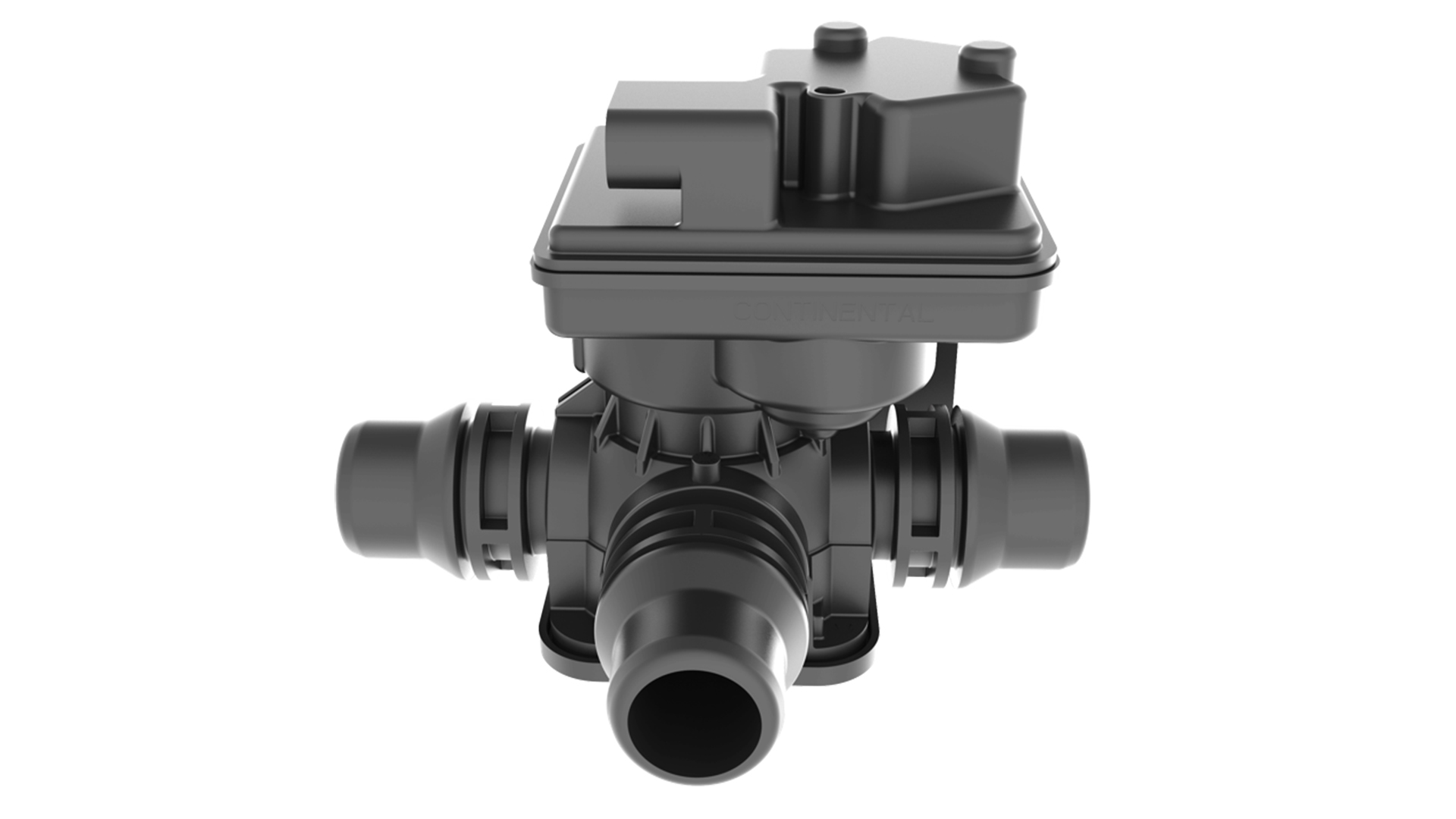
The switchable multi-way valve serves highest needs within efficiency, modularity, and scalability. With this, various heating and cooling requirements can be easily achieved.
© Vitesco Technologies GmbH (exclusive rights)
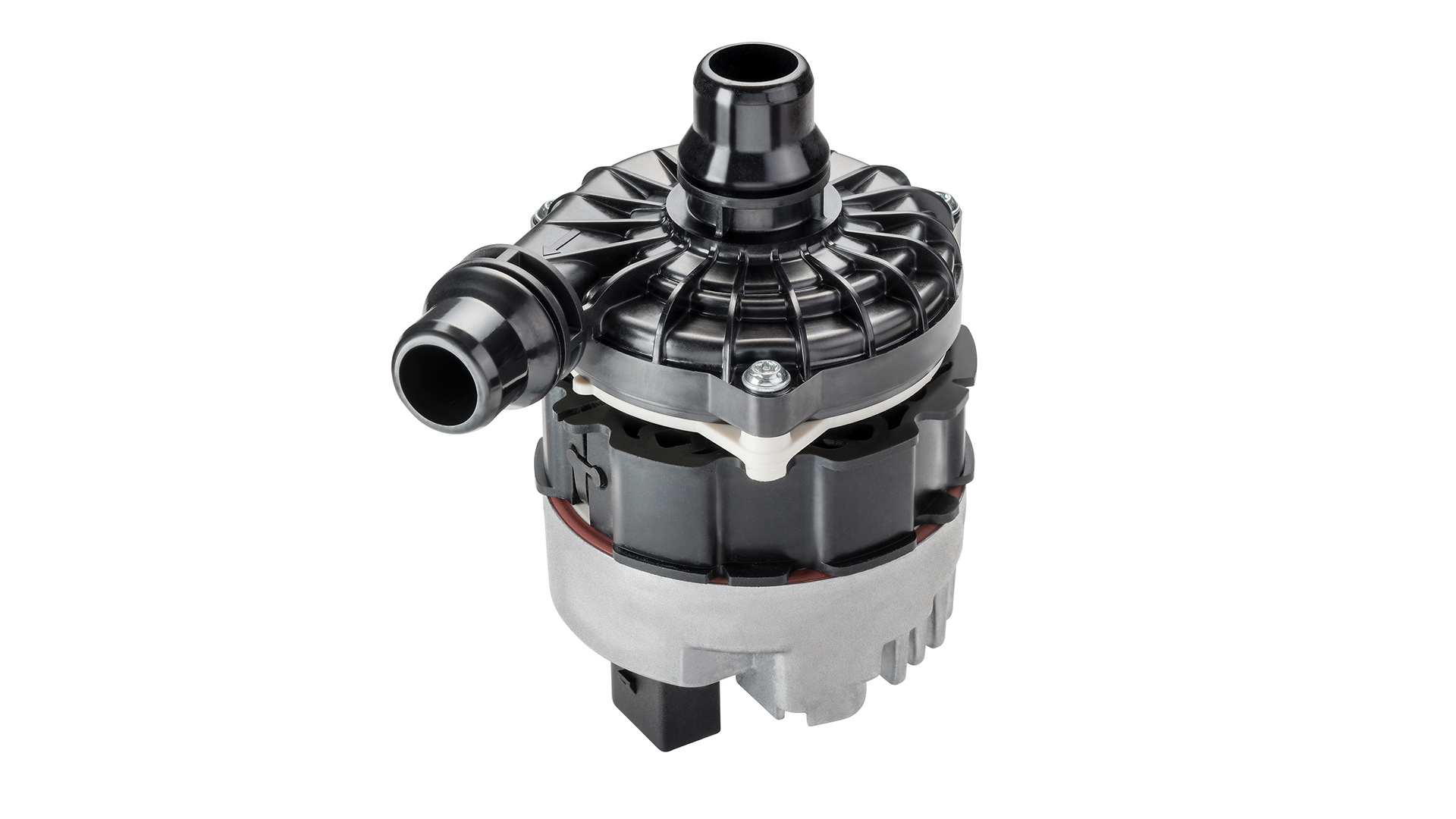
This electric fluid pump is highly modular and efficient. Connected with our sensors and valves, it provides an economic Smart Thermal Management for every customer.
© Vitesco Technologies GmbH (exclusive rights)
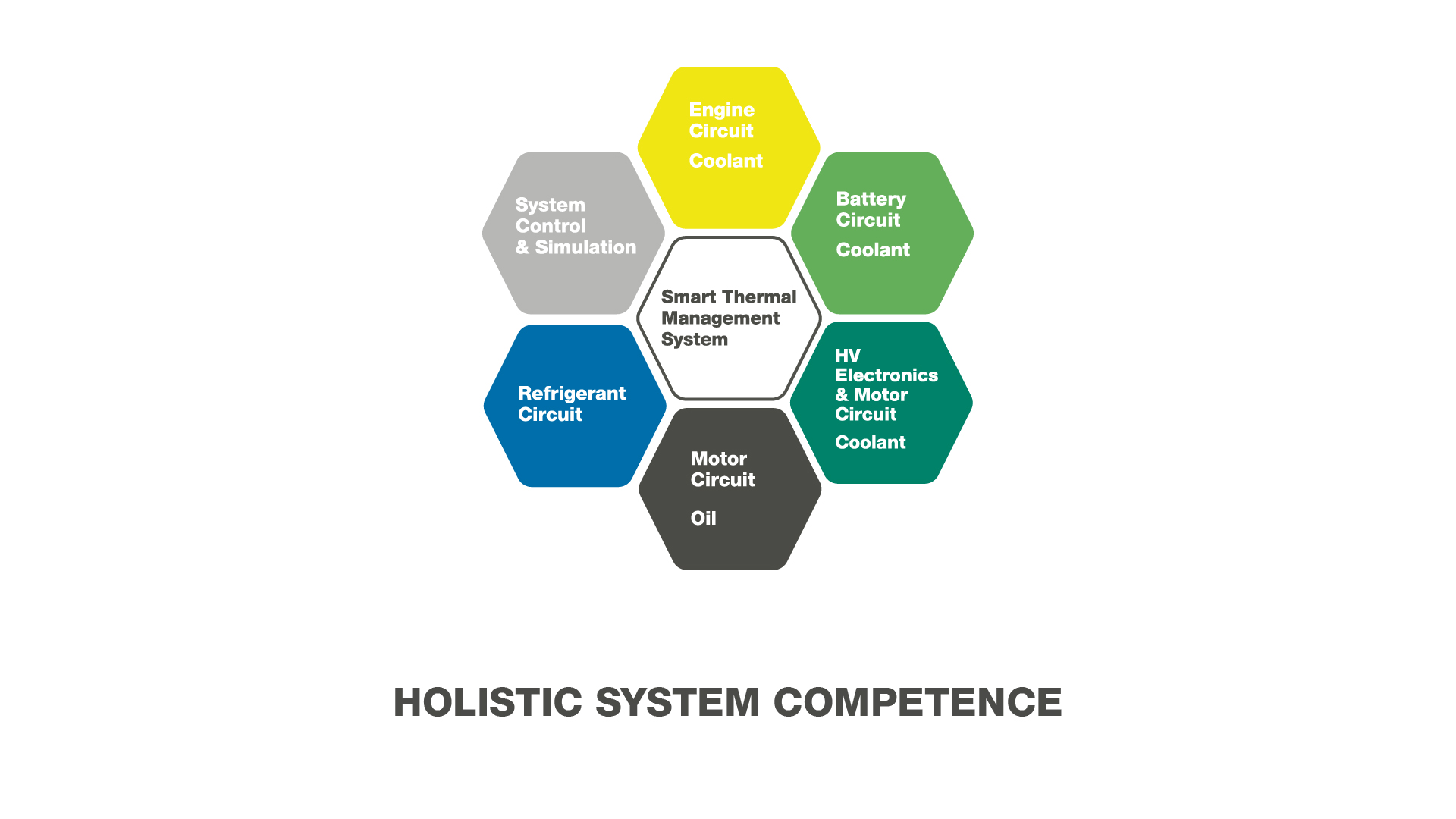
Vitesco Technologies, a supplier with a holistic system competence.
© Vitesco Technologies GmbH (exclusive rights)
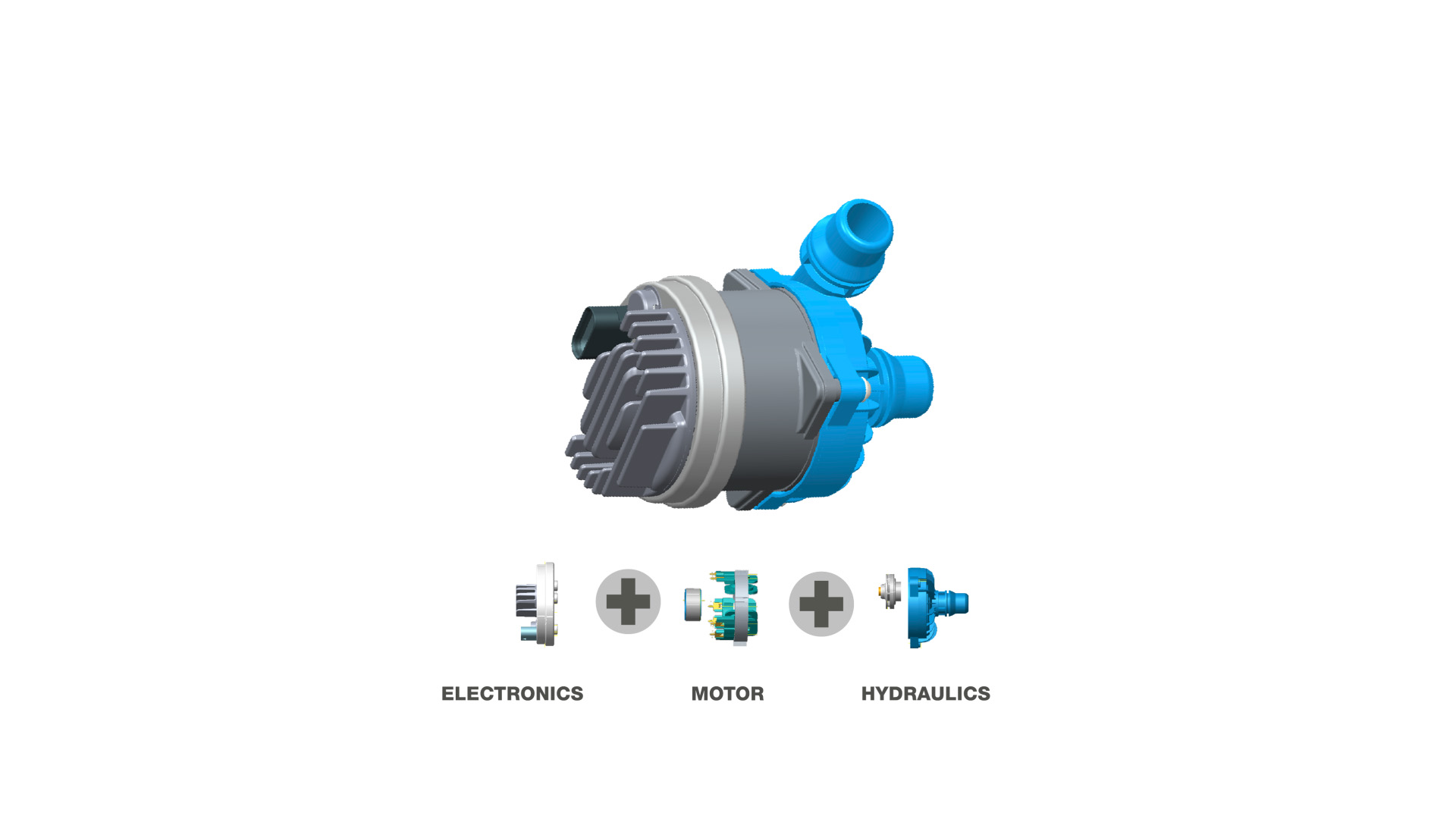
All modular pumps consist of power electronics, the electric motor and hydraulics.
© Vitesco Technologies GmbH (exclusive rights)
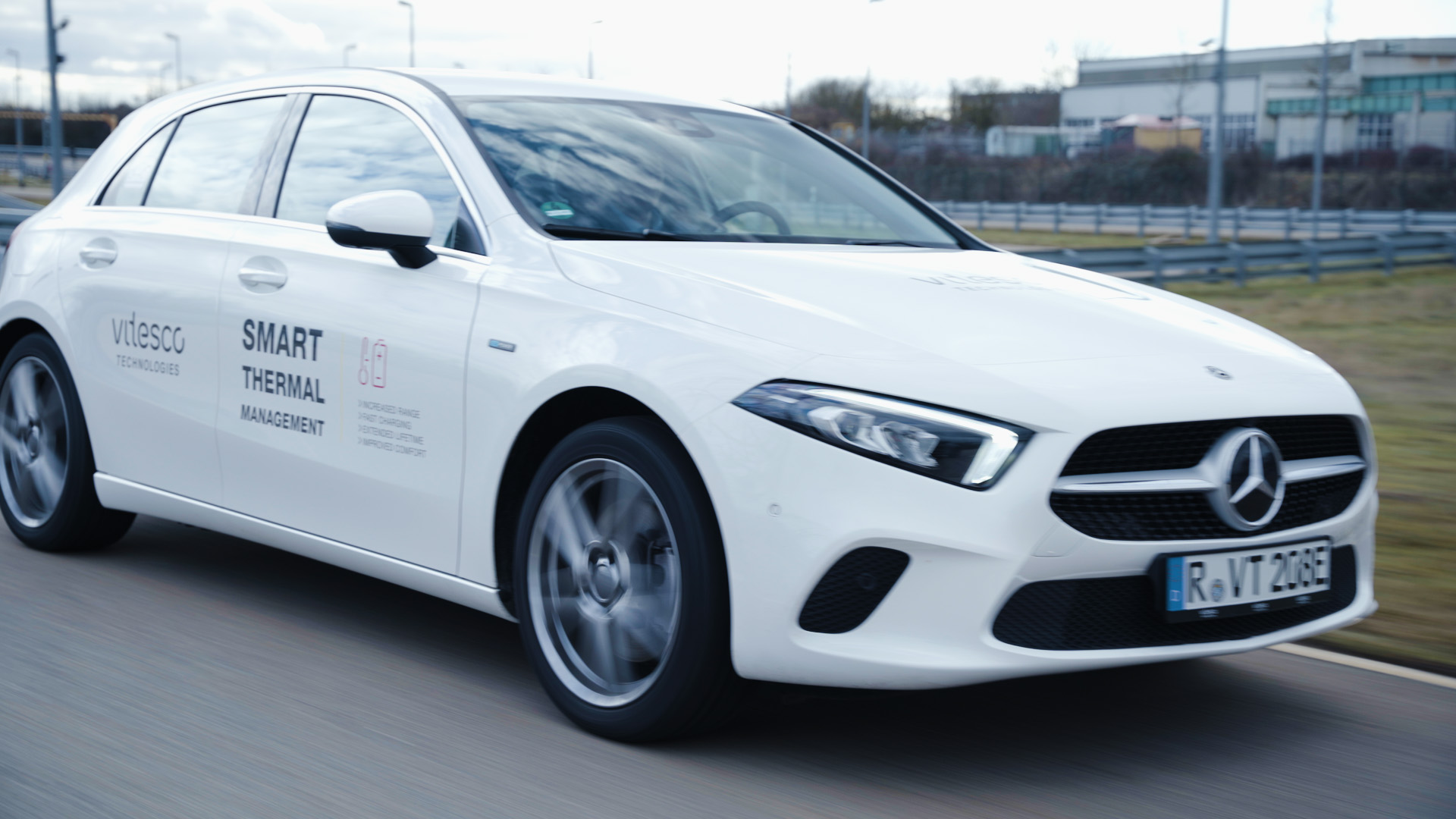
Vitesco Technologies test car, a plug-in hybrid with Smart Thermal Management component.
© Vitesco Technologies GmbH (exclusive rights)
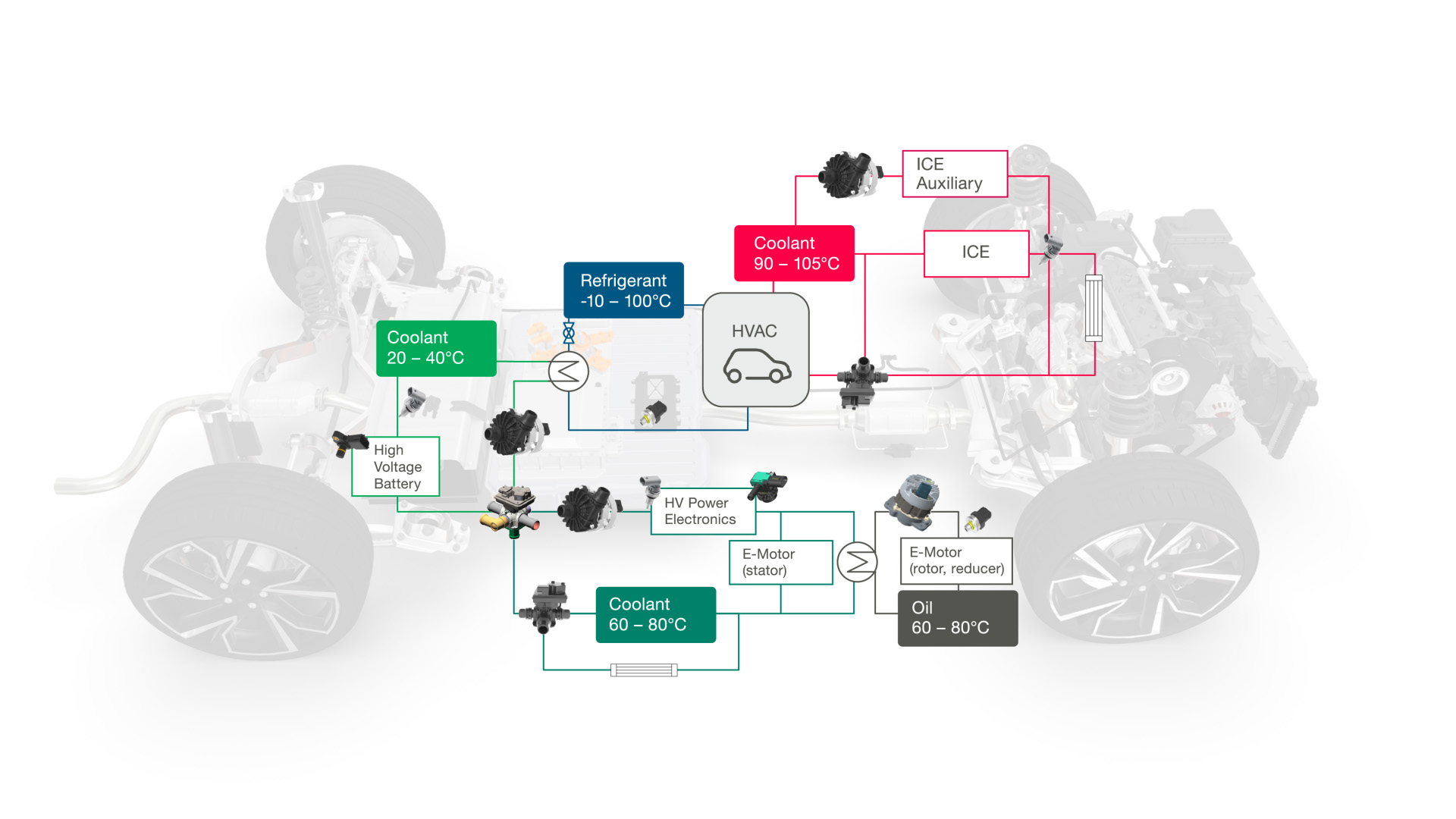
Smart thermal management system in a plug-in hybrid.
© Vitesco Technologies GmbH (exclusive rights)
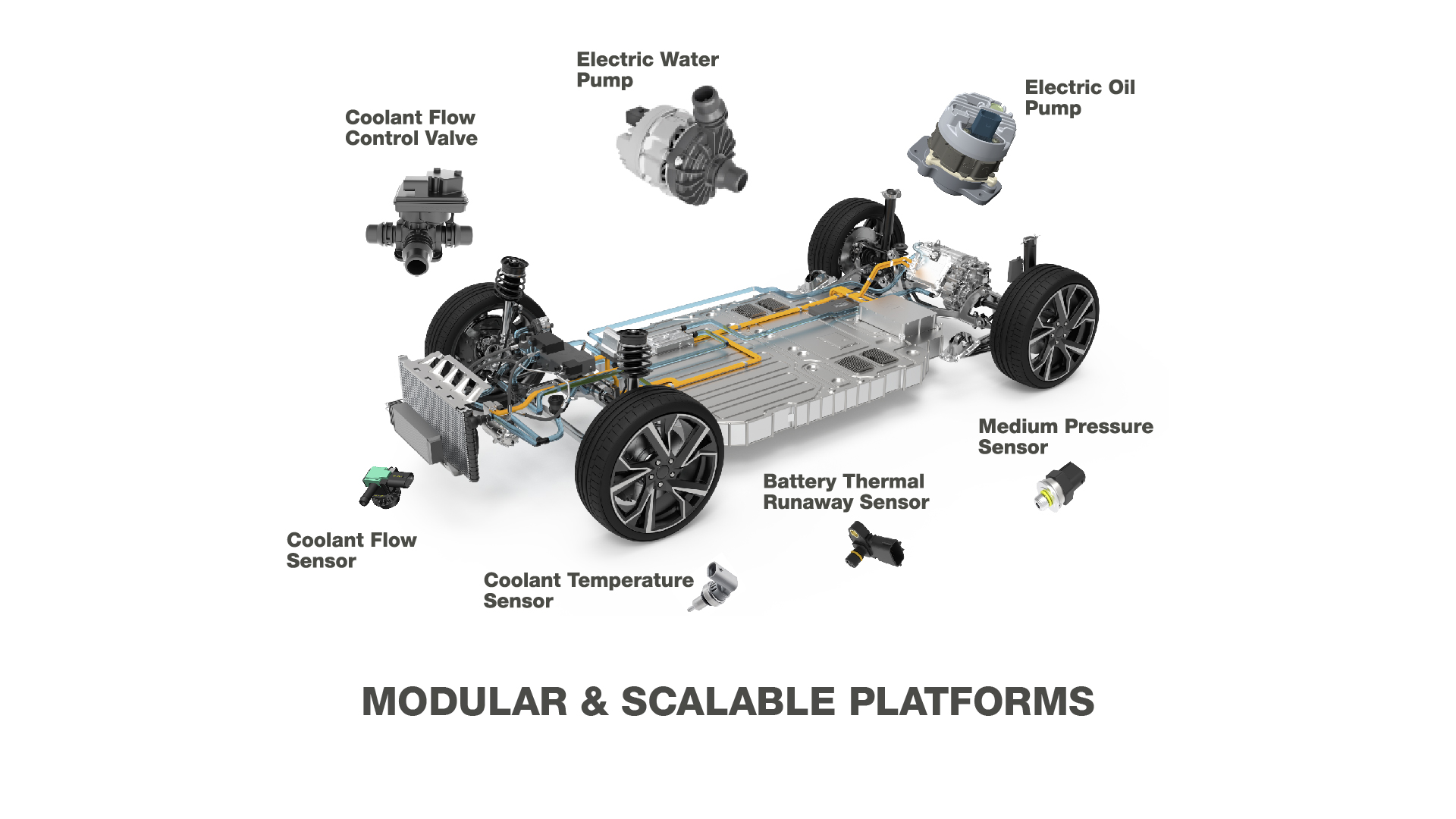
Modular and scalable component kit.
© Vitesco Technologies GmbH (exclusive rights)
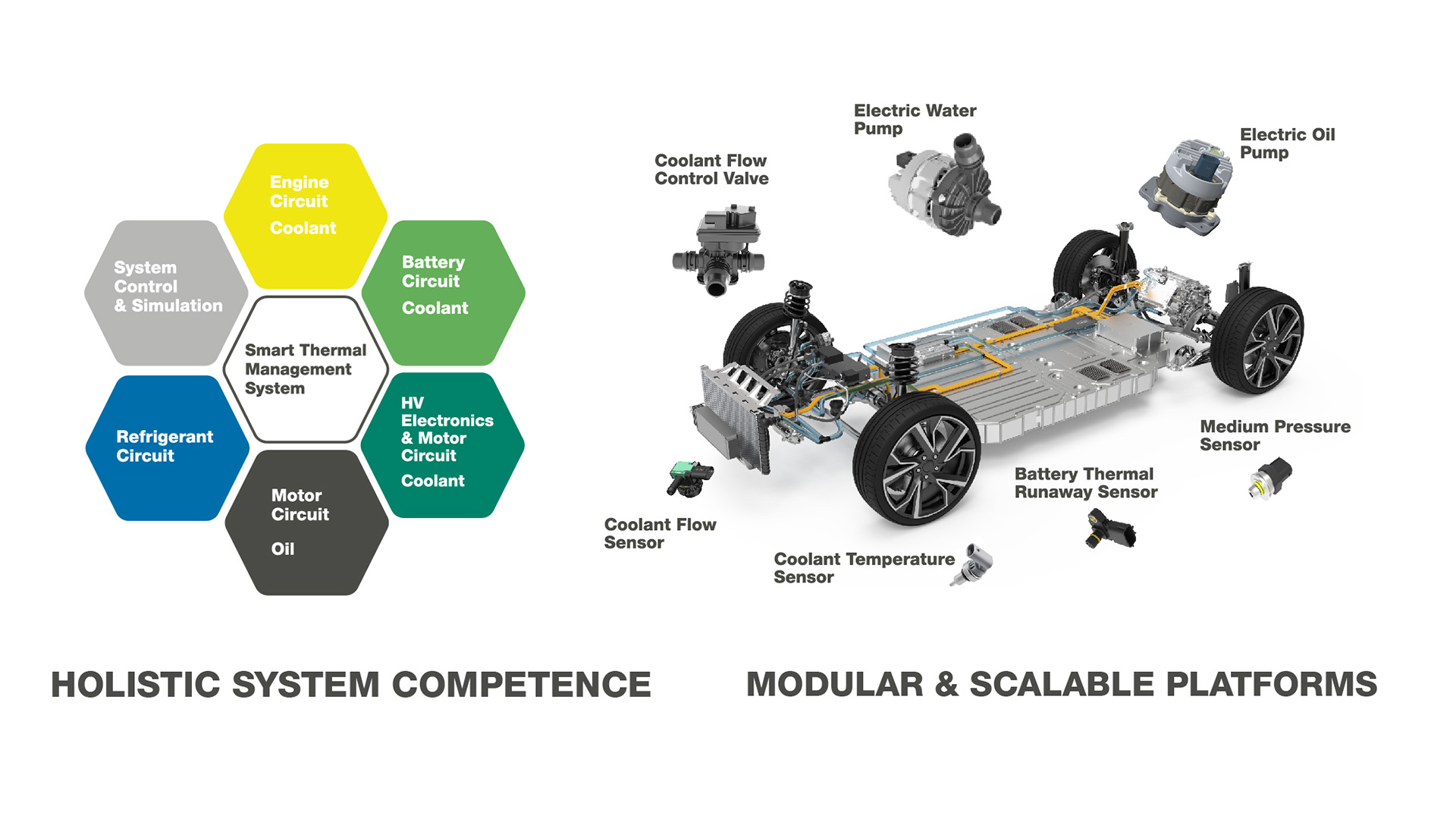
Smart Thermal Management solutions consists of modular and scale able product platforms.
© Vitesco Technologies GmbH (exclusive rights)